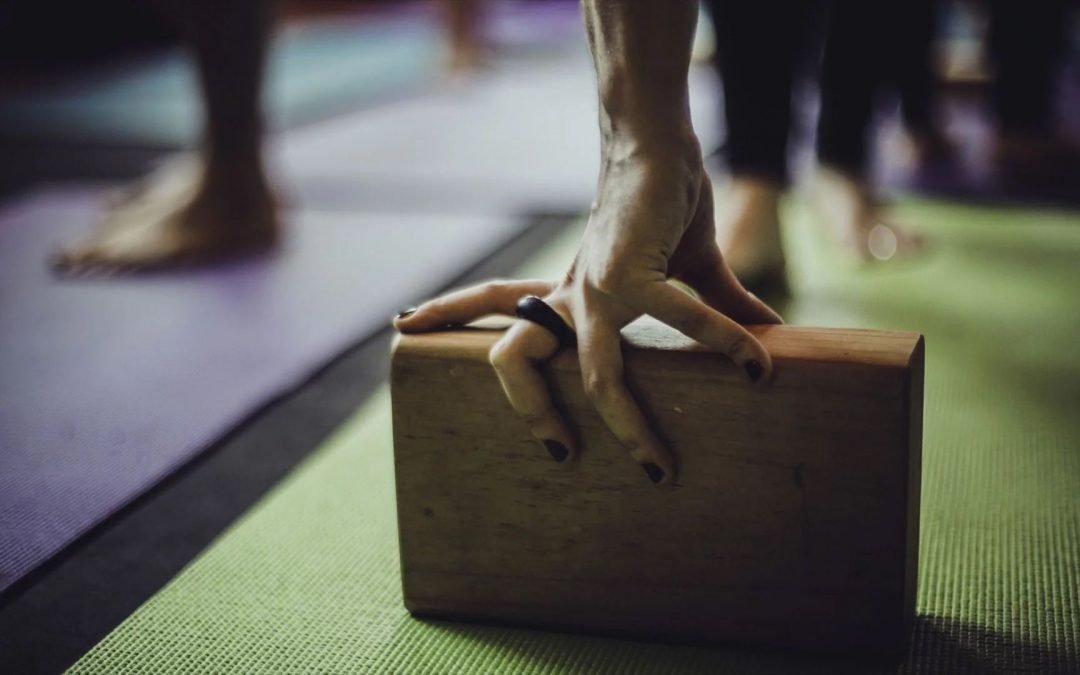By Leah Sugarman, on Yoga International
As I’ve travelled further along my yoga journey, my practice and my teaching have evolved in countless ways. Many things that were once staples in my personal practice no longer even find their way onto my mat. And many things that I swore were worthless have become essential to my teaching.
Just as I’ve ditched my teenage reckless-driving habits, my Candy Crush addiction, and my coffee dependency, I no longer incorporate the following six cues into my practice or my classes:
1. “Maintain a Flat (or Straight) Back”
I understand the good intention here. Teachers often give this cue to inspire a strong and elongated neutral spine, which may help students to correct excessive rounding of the upper back or prevent unnecessary (or unintentional) lower back compression. However, I think “flat” or “straight” sends the wrong message.
Why I don’t do/say this anymore
“Flat” and “straight” both mean without curvature. But because the spine actually has four natural curves (resembling an S shape), these cues can be misleading. When we attempt to remove this natural undulation in our yoga practice—and many practitioners do take these cues literally!—we are instilling bad spinal habits, neglecting muscles we should ideally be strengthening, and shortening muscles we should actually be lengthening in order to counter postural imbalances.
I needed to address unnatural rigidity in my own body after a childhood of ballet, which idealizes a rod-straight spine. My recommendation is to allow your spine to be natural; believe me, your back will thank you in the long run. After all, its curves are there for a very significant reason—to absorb shock, and to distribute stress throughout your spine!
What I do/say instead
Now, when I teach and practice, I encourage a lengthened spine rather than a straight one. In ardha uttanasana (half lift), for example, I cue students to lengthen the crown of the head and tailbone in opposite directions in order to find axial extension. This helps them to avoid lumbar compression and/or over-rounding the thoracic spine while still maintaining the integrity of the spine’s natural curves.
2. “Jump Back to Plank”
Despite the controversy around it, “Jump back to plank pose” is a cue heard ad infinitum in yoga classes as well as across many disciplines of physical fitness. I’ve heard this cue more times than I can count, and I used to practice it religiously, thinking that I was really toning my core (an assumption I made because my teachers always said that you needed a “very strong core” to be able to practice this transition safely!).
Continue reading the full article here >>

